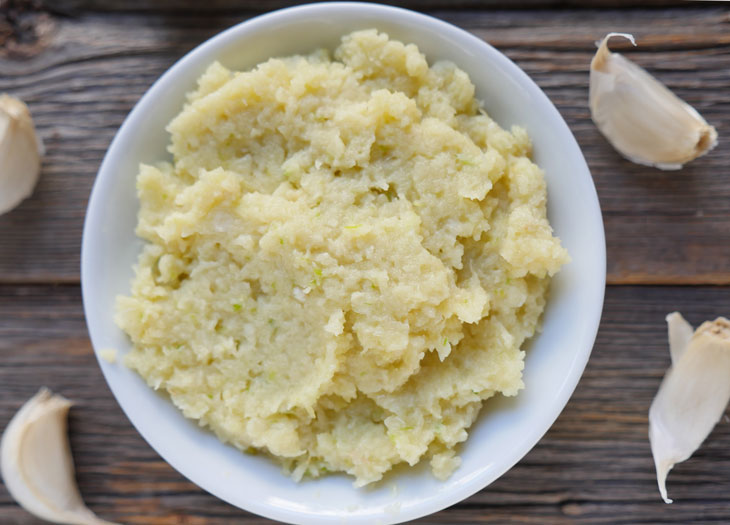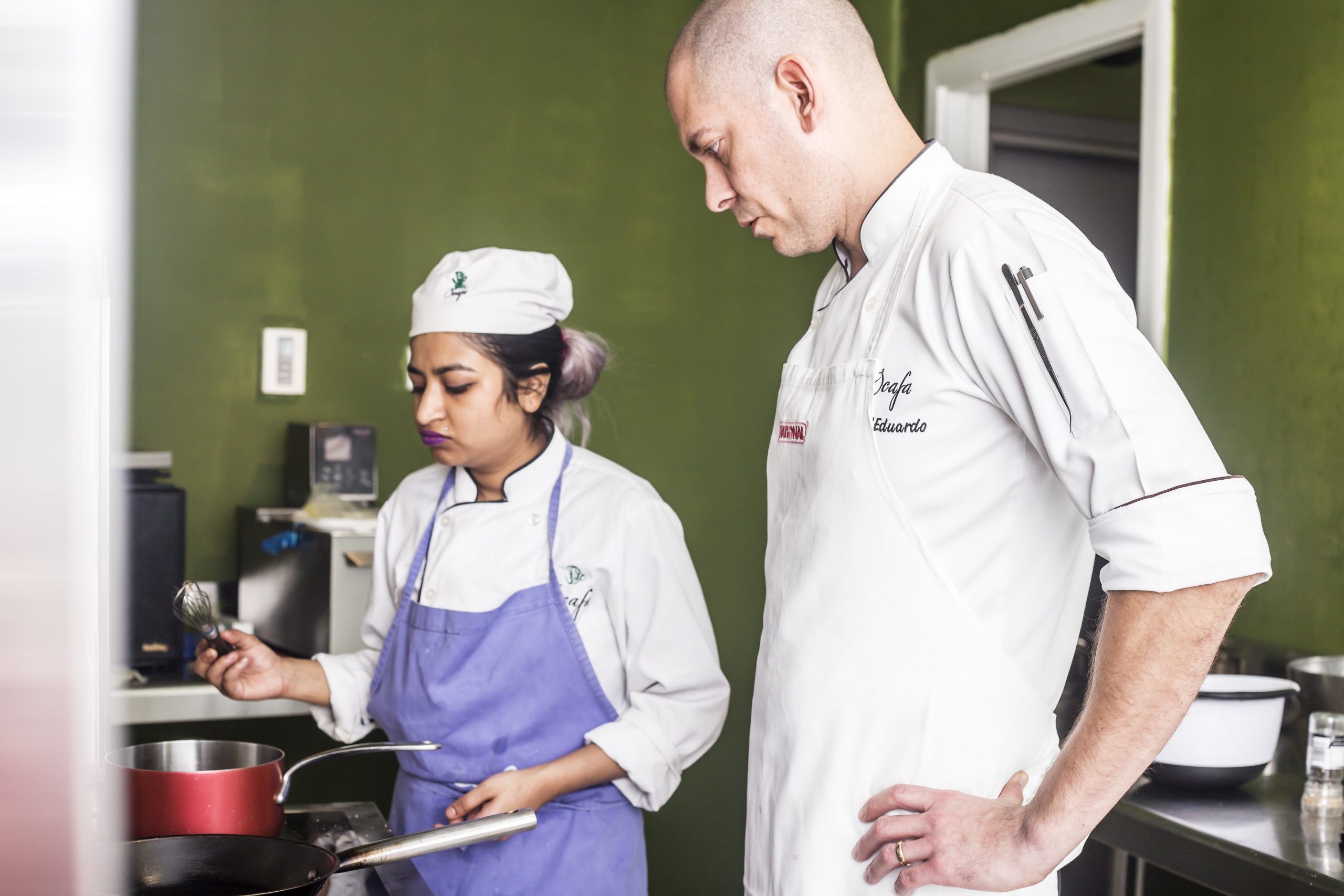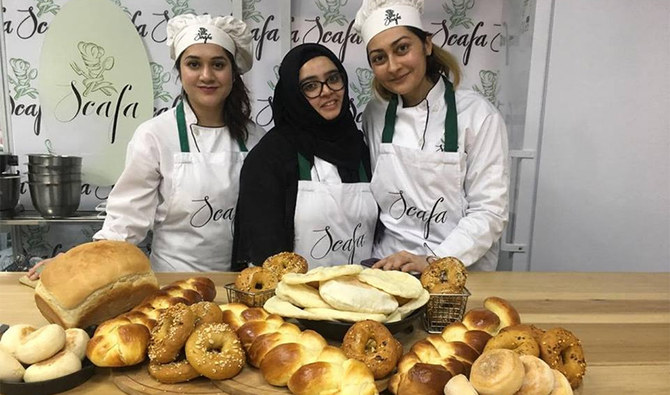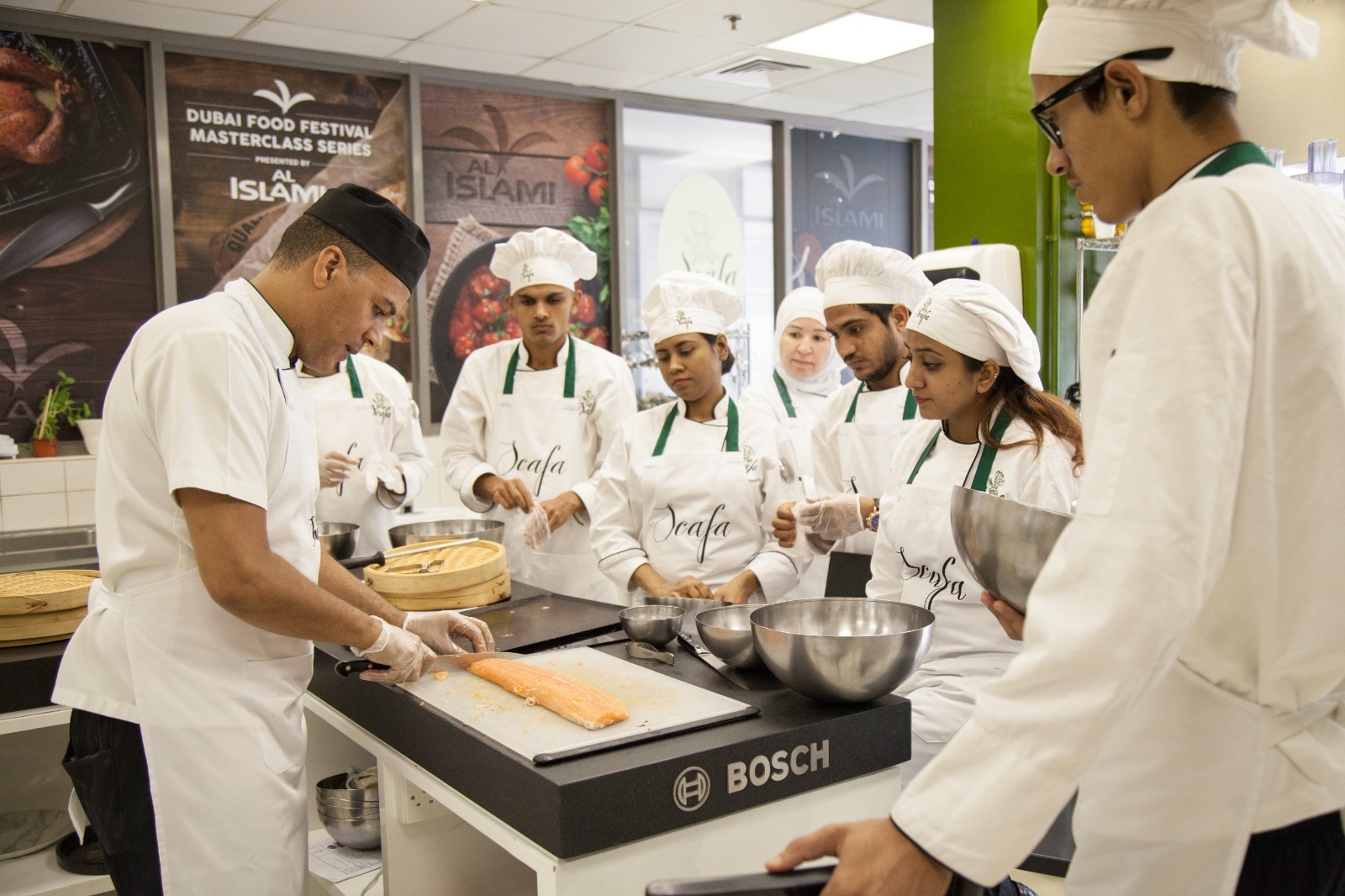Garlic is a critical component in hundreds of cuisines and is celebrated for its formidable taste and numerous health benefits. Making garlic paste at home is not only quality fresh; it allows you to enjoy a clean garlic taste without the preservatives in store-bought alternatives. For those interested in honing their culinary skills, attending the best cooking institute in Lahore can provide valuable insights into techniques like this. In this guide, we’ll walk you through the easy steps to create your garlic paste, which can be utilized in several dishes, from sauces to marinades.
Step 1: Gather Your Ingredients
To make garlic paste, you may need only a few factors. The number one detail of direction is garlic. For a smooth garlic paste, you’ll want:
- One head of garlic (or more, counting on how much you need to make)
- A pinch of salt
- A drizzle of olive oil (non-compulsory for a smoother paste)
You can also experiment with herbs or spices in your garlic paste for extra taste, together with parsley or chili flakes.
Step 2: Prepare the Garlic
Start by breaking the top of the garlic apart to split the cloves. Depending on how suitable a buy paste you need, you can use as many cloves as you want. For a clean recipe, round 10 cloves yield an extraordinary amount of paste.
Once you’ve got your cloves, you need to peel them. To do that, region the flat component of a knife over a clove and supply it with a moderate press. The pores and skin will loosen, making it smooth to cast off.
Step 3: Mash the Garlic
After peeling the cloves, it’s time to mash them into a paste. You can use a mortar, pestle, food processor, or knife. If you’re using a mortar and pestle, add a pinch of salt to the garlic. The salt helps to break down the garlic and adds flavor. For those who enjoy cooking and want to expand their skills, baking classes in Lahore can also provide valuable techniques that complement the art of creating delicious dishes. Start mashing the garlic in a round motion. Keep mashing until you acquire an easy consistency. If you’re using a food processor, add the peeled cloves and pulse until they’re finely chopped, then scrape down the perimeters and pulse until clean.
Step 4: Add Olive Oil (Optional)
For a creamier texture, remember to add a drizzle of olive oil. This is specifically beneficial if you’re making a bigger batch and plan to save it. Add a small quantity while continuing to mash or aggregate the garlic until you benefit from your chosen consistency. The oil is not first-rate, which enhances the flavor but helps keep the paste for an extended period.
Step 5: Store Your Garlic Paste
Once your garlic paste is prepared, it’s crucial to keep it properly to keep it fresh. Transfer the paste into an airtight field. Put a pouyou’vein layer on the paste if you’ve introduced olive oil. This creates a barrier that lets in and saves you from oxidation. You can maintain the garlic paste in the refrigerator for up to 2 weeks. For extended storage, consider freezing it. Spoon the paste into ice cube trays, freeze, and then transfer the frozen cubes into a freezer bag. This way, you can use a cube whenever you need garlic paste without hassle. Additionally, if you’re interested in enhancing your culinary skills, enrolling in a baking course in Lahore can provide you with new techniques to incorporate ingredients like garlic paste into your baked dishes.
Step 6: Use Your Garlic Paste
Garlic paste is specifically bendy and may be utilized in numerous dishes. Add it to marinades for meats, blend it into sauces, or use it as a base for dressings. You can incorporate it into sautéed vegetables, soups, or stews for additional flavor enhancement. The opportunities are endless!
Tips for Making Garlic Paste
- Choose Fresh Garlic: Always select sparkling garlic cloves. Avoid the ones that are probably sprouted or soft, as they could affect the taste of your paste.
- Experiment with Flavors: Feel unfastened to get contemporary with herbs like basil or cilantro or spices like cumin or paprika in your garlic paste for unique taste profiles.
- Use a Sharp Knife: If you’re washing with a knife, ensure it has a sharper handle to make it less complicated and more effective.
- Taste as You Go: Always flavor your garlic paste as you make it, mainly if you include your one-of-a-kind components. In this manner, you can adjust flavors to your preference.
Summary
Making garlic paste at home is an easy and worthwhile method. With only a few factors and steps, you may create a flexible condiment that enhances the taste of your meals. Whether you use it fresh or store it for later, the domestically made garlic paste will grow as a staple for your kitchen. For those looking to refine their culinary skills, a chef institute in Lahore can offer valuable techniques and insights. Enjoy experimenting with unique versions and experience the rich, fragrant flavors that simple garlic brings to your cooking.




